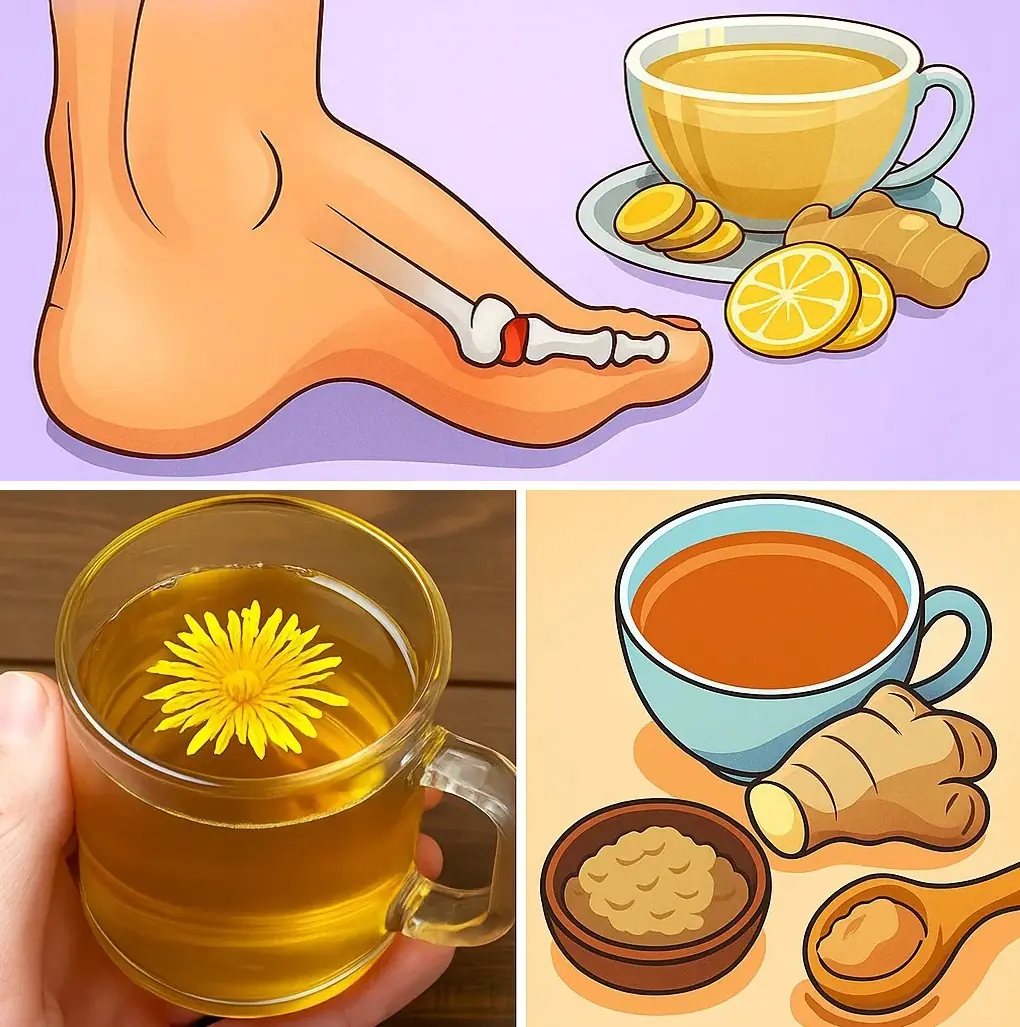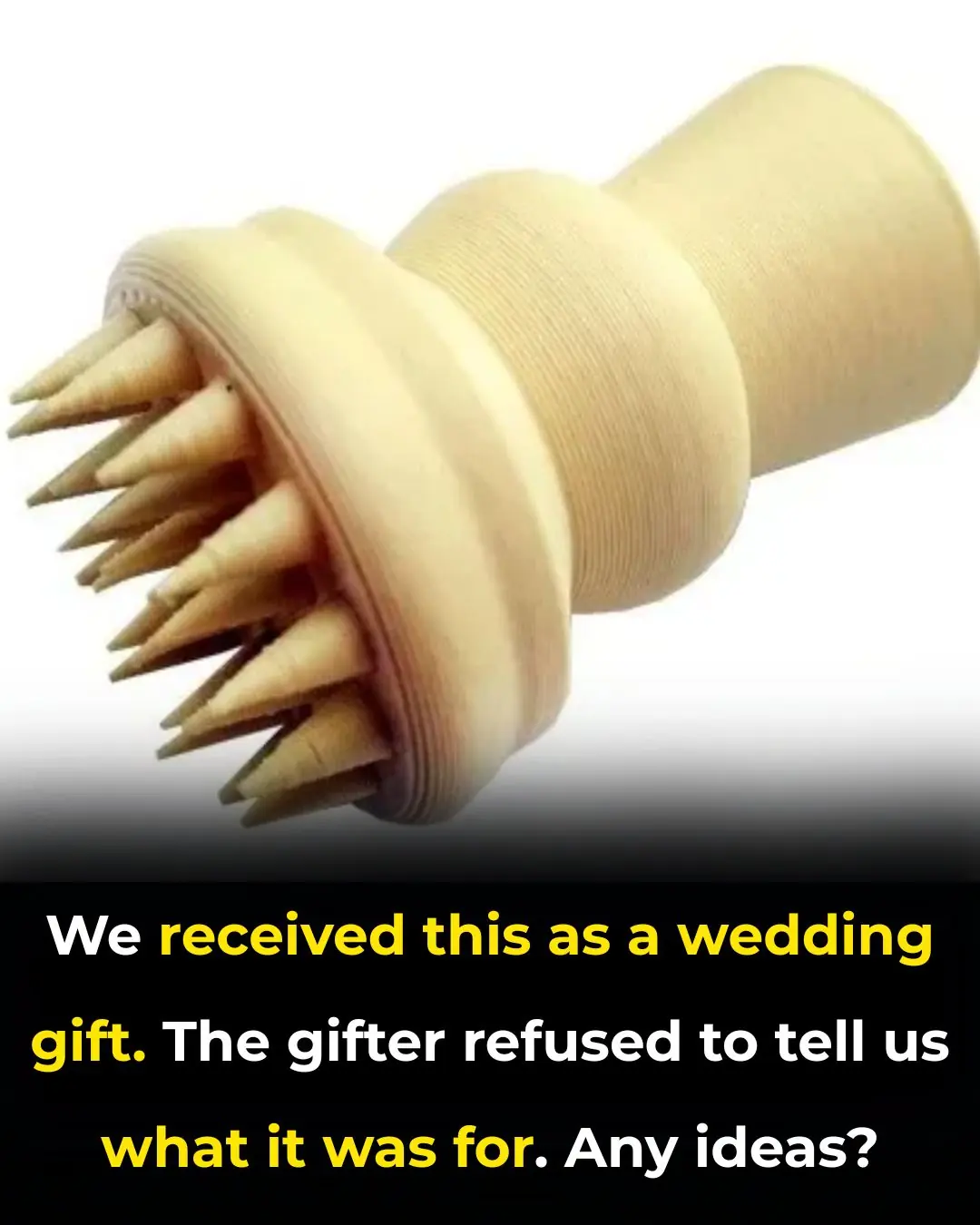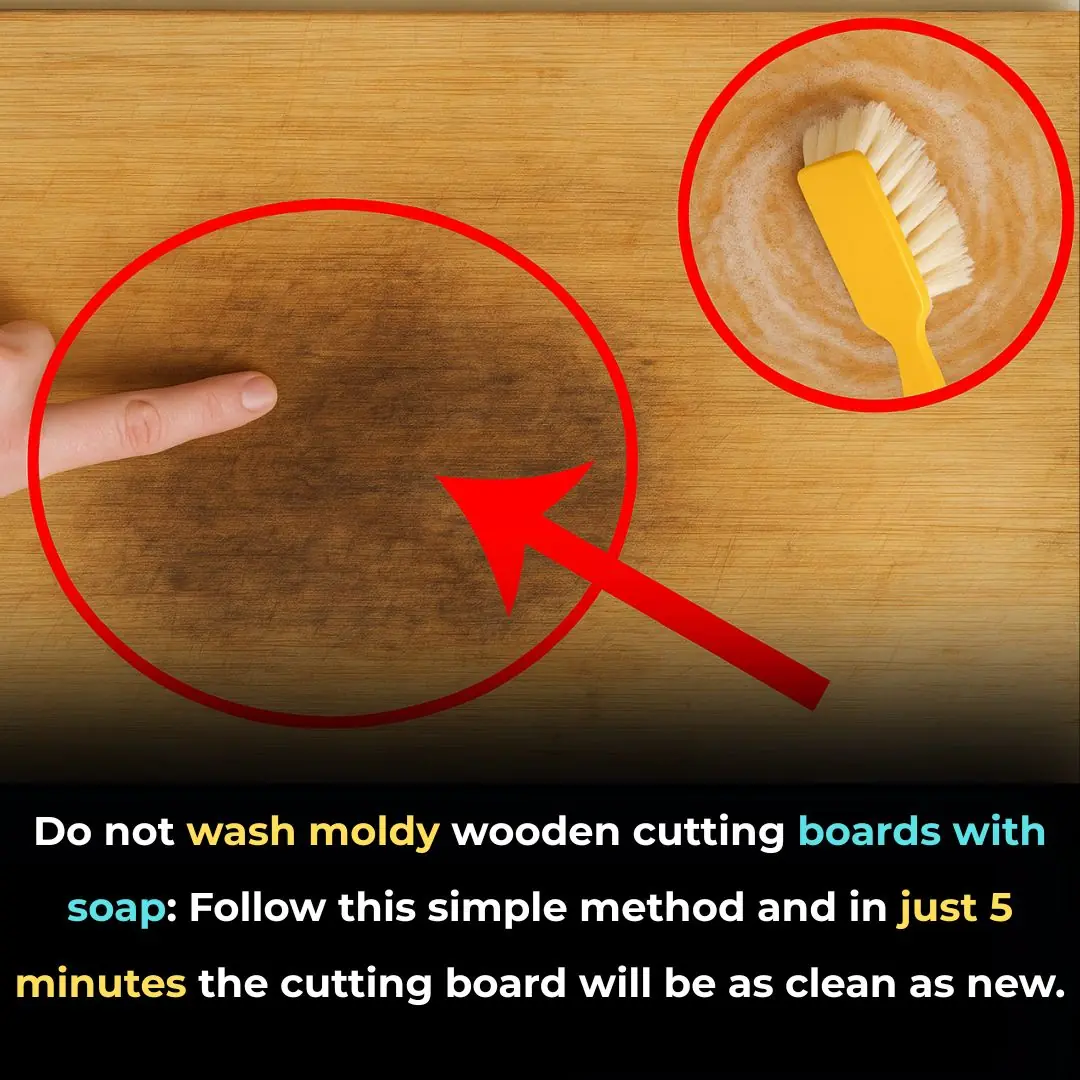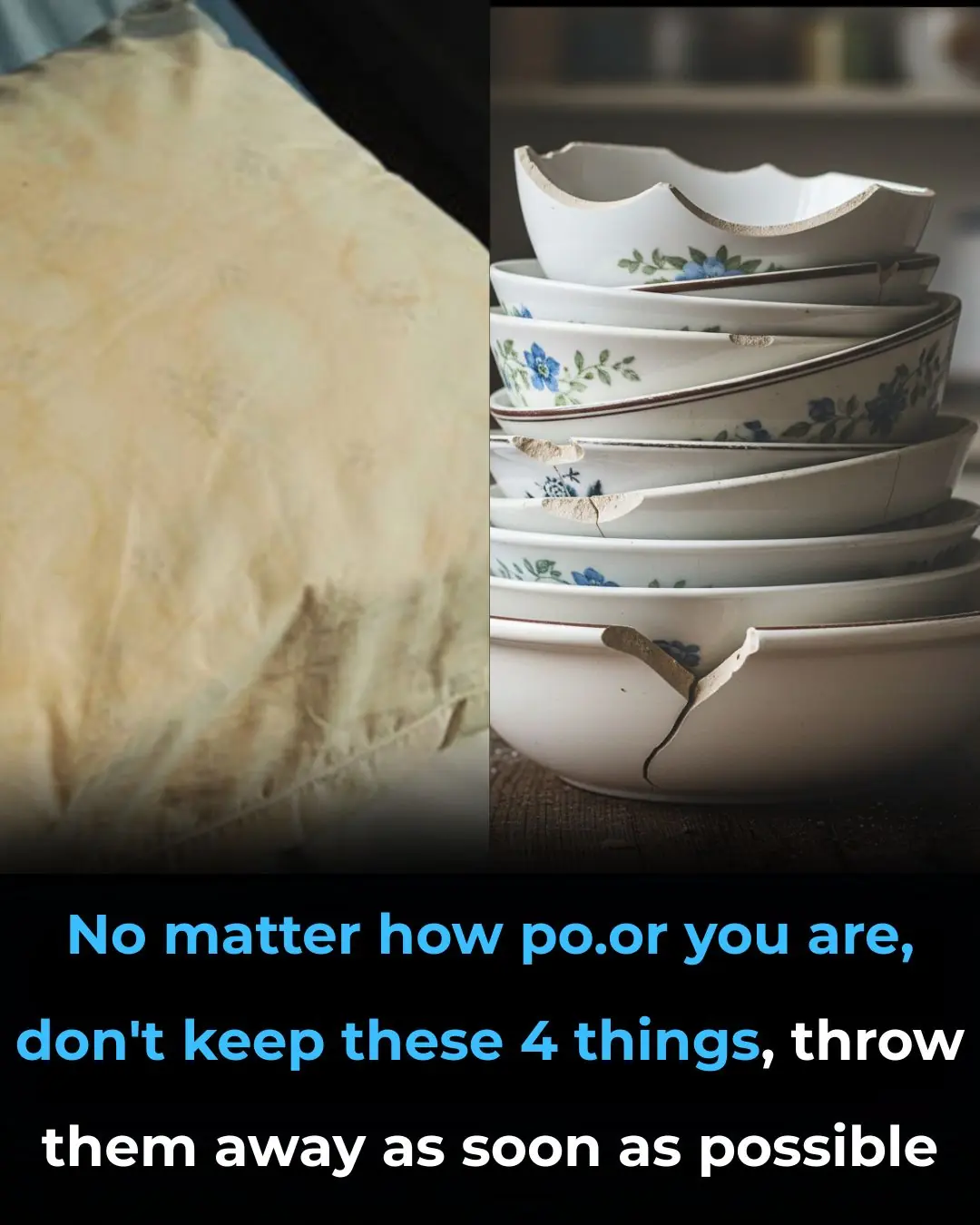
Effective Exercises to Relieve Heel Pain
Effective Exercises to Relieve Heel Pain
Plantar fasciitis is a common and painful condition caused by inflammation of the plantar fascia, the thick band of tissue that connects your heel bone to your toes. It often results in sharp heel pain, especially during your first steps in the morning or after prolonged rest.
If you’re dealing with this condition, incorporating targeted exercises into your daily routine can help reduce inflammation, relieve discomfort, and support long-term healing. Here are some of the most effective exercises for managing plantar fasciitis.

1. Towel Stretch
This gentle stretch improves flexibility and relieves tension in the arch and calf.
How to do it:
-
Sit on the floor with your legs extended in front of you.
-
Loop a towel or belt around the ball of the affected foot.
-
Gently pull the towel toward you until you feel a stretch along the bottom of your foot and your calf.
-
Hold for 15 to 30 seconds and repeat 2 to 3 times.
2. Calf Stretch
Tight calf muscles can increase strain on the plantar fascia. Regular stretching helps ease that pressure.
How to do it:
-
Stand facing a wall, with your hands pressed against it for support.
-
Step one foot back, keeping both heels flat on the floor.
-
Bend your front knee while keeping the back leg straight.
-
Press the back heel into the ground to feel a stretch in your calf.
-
Hold for 15 to 30 seconds, then switch legs.
-
Repeat 2 to 3 times per leg.
3. Plantar Fascia Stretch
This move directly targets the plantar fascia to release built-up tension.
How to do it:
-
Sit in a chair and cross one foot over the opposite knee.
-
Grab the toes of the affected foot and gently pull them toward you.
-
You should feel a stretch along the bottom of your foot.
-
Hold for 15 to 30 seconds and repeat 2 to 3 times per foot.
4. Ball Roll
Using a ball or frozen water bottle helps massage and stretch the fascia while reducing inflammation.
How to do it:
-
Sit in a chair and place a tennis ball, golf ball, or frozen water bottle under your arch.
-
Slowly roll the object back and forth under your foot, focusing on sore areas.
-
Continue for 1 to 2 minutes, several times a day.
When to Seek Professional Help
If your symptoms don’t improve after a few weeks of daily stretching and strengthening, consult a healthcare provider or a physical therapist. They may recommend additional treatments, such as custom orthotics, night splints, physical therapy, or corticosteroid injections.
Tips to Prevent Plantar Fasciitis
-
Wear supportive shoes with proper arch support.
-
Avoid walking barefoot on hard surfaces.
-
Stretch your feet and calves before and after you exercise.
-
Maintain a healthy weight to reduce foot strain.
Plantar fasciitis can be painful and frustrating, but with consistent care and the right exercises, you can ease your discomfort and prevent future flare-ups.
News in the same category


The Most Effective Natural Way to Remove Gallstones

4 hidden signs of iodine deficiency in your skin, hair & nails

Here's why you should never sleep with the bedroom door open. FIND OUT MORE IN THE COMMENTS ⬇️

The Purple Maguey Plant — Benefits and Traditional Uses

How to Naturally Kill The Bacteria That Causes Bloating And Heartburn

The Health Benefits of Fasting: How It Regenerates Stem Cells, Fights Cancer & Protects Your Heart

Bananas: The Common Fruit That Could Drastically Improve Your Health

Why People with Green Eyes Are So Fascinating

Eat Red Onions Daily and Watch This Happen

What’s the Line Between Normal and Abnormal Nighttime Urination?

The #1 FASTEST way to reverse fatty liver naturally

10 Unusual Signs Your Blood Sugar Is Constantly Too High

Horrifying Reality Of What Airport Security Are Able To See

Garlic, Onion & Olive Oil: The Ancient Trio That May Naturally Soothe Varicose Veins
Garlic, onion, and olive oil are humble ingredients with extraordinary benefits for circulation and vein health.

12 Powerful Herbal Teas to Naturally Lower Uric Acid and Ease Gout Pain
These teas work best alongside healthy lifestyle choices—balanced nutrition, hydration, and regular activity.

The surprising benefits of drinking apple cider vinegar before bed

Say Goodbye to Leg Cramps: 8 Vitamins Every Senior Needs for Stronger Legs

4 Things Your Feet Could Be Telling You About Your Liver Health
News Post

Forget 10,000 steps: Scientists prove 7000 steps gives you ‘almost identical’ life-saving benefits

The Most Effective Natural Way to Remove Gallstones

4 hidden signs of iodine deficiency in your skin, hair & nails

Objects People Were Confused About Their Purpose

Little Pocket in Women’s Underwear

What are the benefits of aloe vera? Here are 11 uses of aloe vera for health and skin

Just by looking at the spot on the crab's shell, 100% of the meat is packed to the brim, with my husband and children praising it non-stop.

These familiar fruits help improve sleep, especially number 1, which is both affordable and delicious.

Goosegrass: Health Benefits and Uses

7 Benefits of Chewing Raw Garlic on an Empty Stomach

Here's why you should never sleep with the bedroom door open. FIND OUT MORE IN THE COMMENTS ⬇️

Don’t Wash Your Wooden Cutting Board with Soap When It’s Moldy: Try This Simple Method to Make It Spotless in Just 5 Minutes

Mixing Essential Balm with Toothpaste: A Handy Tip Everyone Should Know, Both Men and Women Will Want to Follow Once They Discover It

They Call It the Blood Sugar Remover: The 100-Year Remedy That Heals Kidneys, Cleans Cholesterol, and Fights Diabetes Naturally

Top 5 Amazing Tips for getting rid of Blackheads and Whiteheads

14 Items to Throw Away Right Now

Group finds spiky creatures in nest – shocked when they realize what they are

The Purple Maguey Plant — Benefits and Traditional Uses

How to Naturally Kill The Bacteria That Causes Bloating And Heartburn
